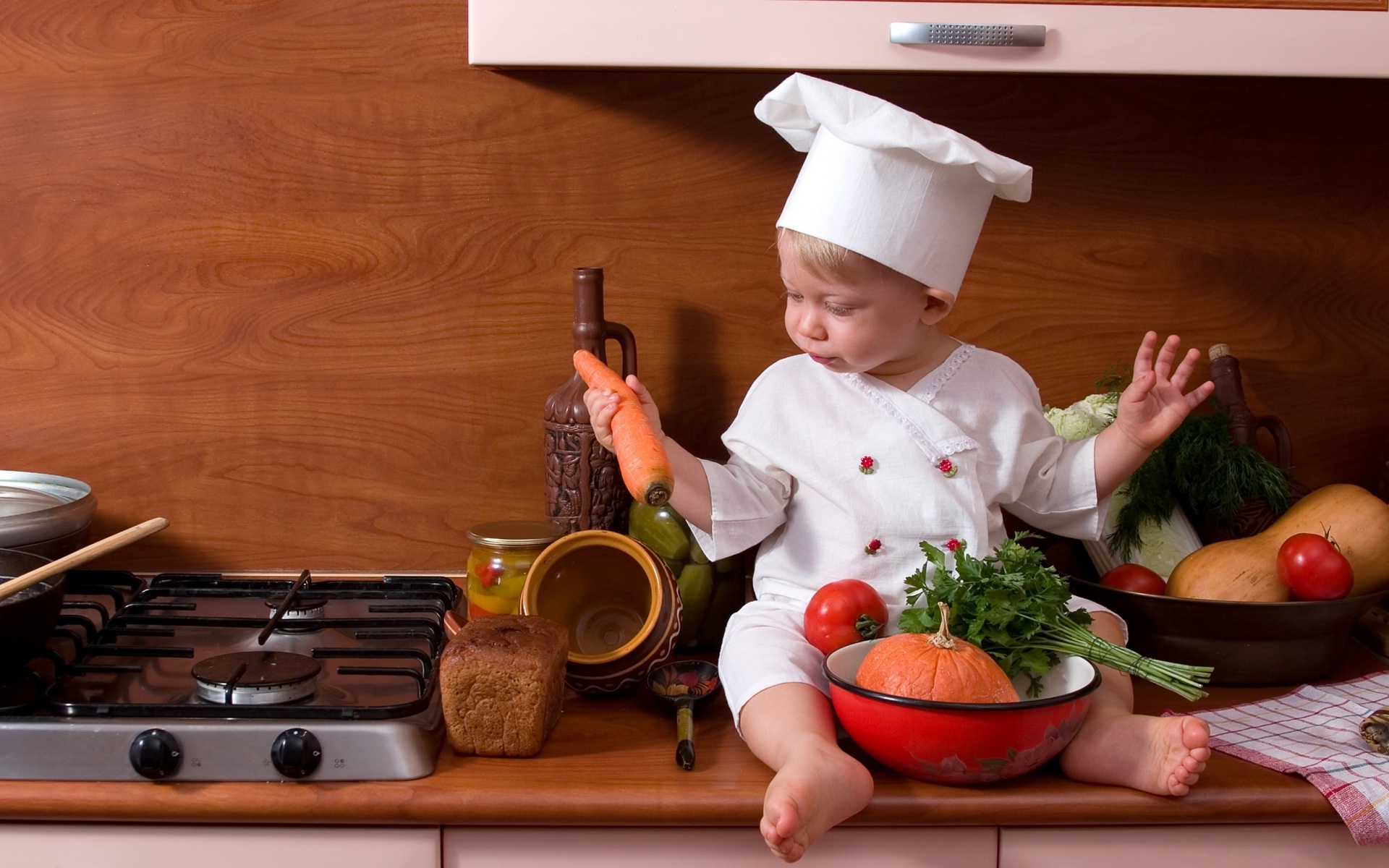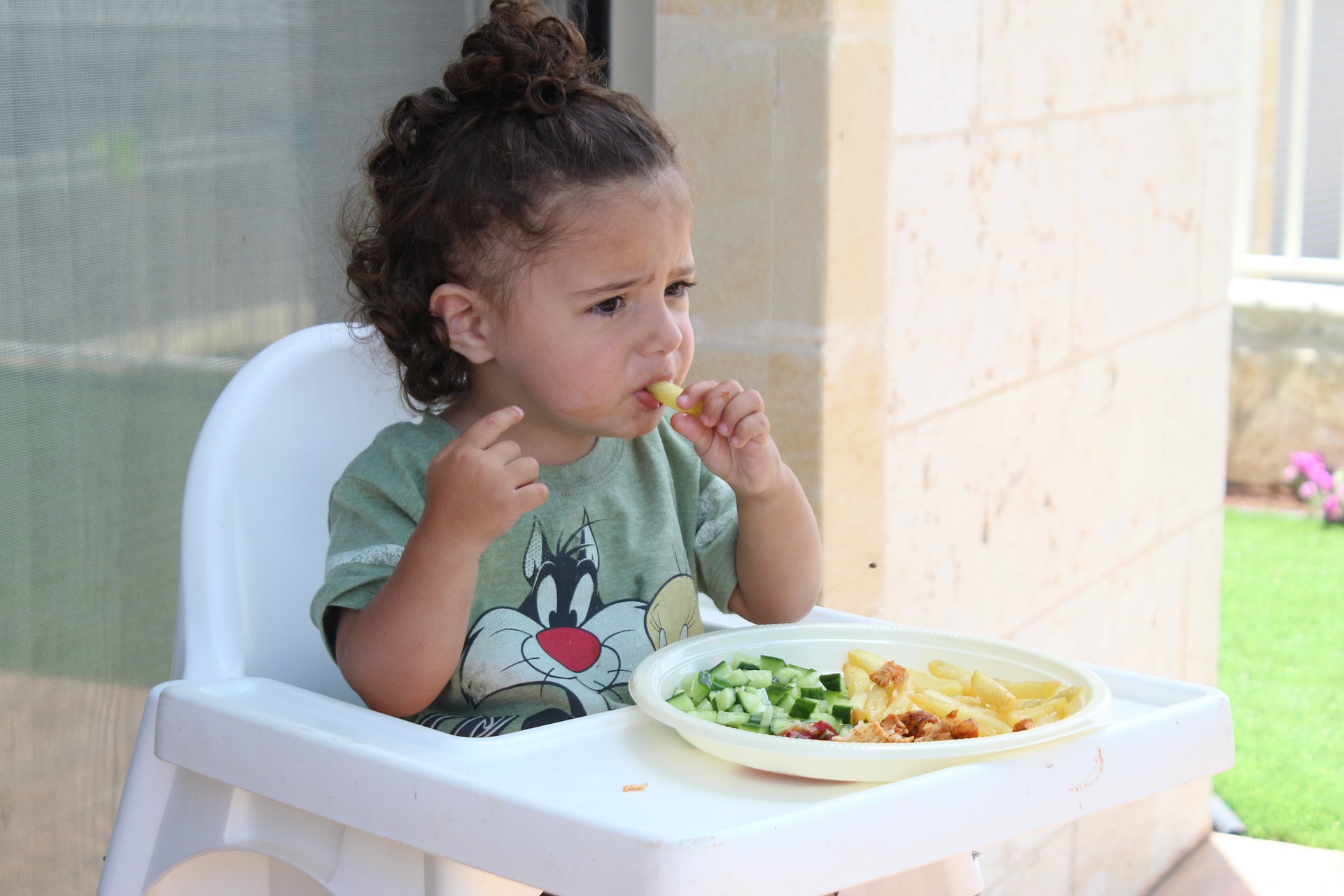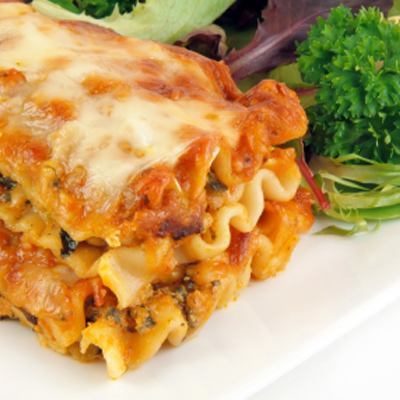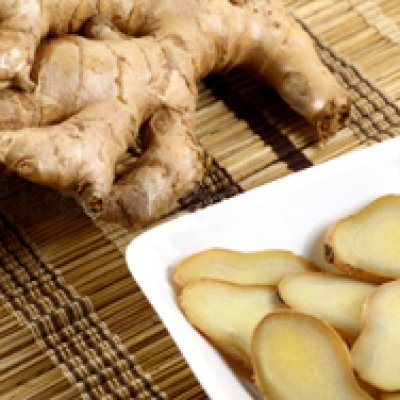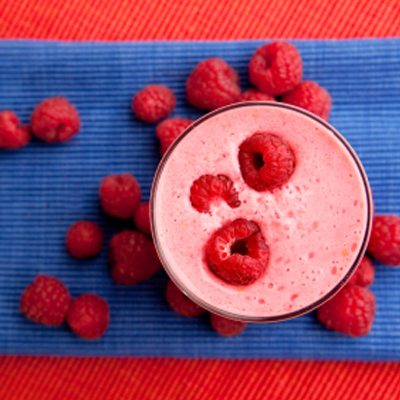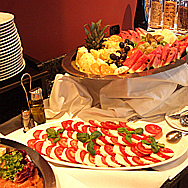10 Best Ways to Feed Your Baby
I love food. I have a master's degree in nutrition. One might say I'm obsessed with eating. Yet, until recently, I couldn't understand why so many moms talked—with pride or despair—about whether or not their kids were "good eaters." Then I had kids. Watching my oldest son Julian's first bite of pears two and a half years ago, I got it. If you appreciate delicious, healthy foods, there's nothing more satisfying than watching your child discover the joys of eating. But how do you cultivate a kid who prefers fruit to french fries and doesn't turn her nose up at broccoli and salmon? Short answer: Start now. "Most of our taste preferences are formed early in life—in the first couple of years and especially in the first year—by the kinds of exposures we have," says Alan Greene M.D., author of Feeding Baby Green: The Earth-Friendly Program for Healthy, Safe Nutrition. "[As parents], we have the ability to teach kids to recognize and enjoy healthy amounts of good foods. When we miss that opportunity we end up with picky eaters who only like kids' foods and whom we fight to get to enjoy vegetables." So embrace that early window. Here are 10 strategies that, from that first spoonful of solids, will help you to raise a child who will learn to eat—and love—everything.
"The best time to feed your baby solids for the first time is when he's feeling bright-eyed and bushy-tailed—in the morning or right after a nap," says Karen Ansel R.D., a spokesperson for the American Dietetic Association (ADA) in Long Island, New York, and co-author of the upcoming book The Baby and Toddler Cookbook: Fresh, Homemade Foods for a Healthy Start. Make sure he's hungry but not starving and older siblings aren't running wild around him (it's distracting). Turn the TV off and stash your iPhone. There's no rule about what to give first. It could be brown rice cereal mixed with breast milk or formula. Bananas and avocados tend to be easy transitional foods, but you can start with vegetables or even meat. During the first few feedings, your baby will probably take only a couple of bites. When he purses his lips, turns or shakes his head or becomes distracted, he's had enough.
After your baby has gotten used to the act of eating, introduce new foods rapidly, suggests Dr. Greene. Be creative. Beets are great! Why not try figs? Some experts recommend feeding the same food for a few days so that if an adverse reaction should occur it's easier to pinpoint the food that caused it. Others, including Dr. Greene, recommend introducing new foods every day—and mixtures as soon as possible. "The idea of single foods just teaches kids to be pickier eaters," says Dr. Greene. Use familiar foods to bring in new ones, says chef Geoff Tracy, co-author of Baby Love: Healthy, Easy, Delicious Meals for Your Baby and Toddler and father of three in Washington, DC. If your child is digging bananas, mix in papaya. If he likes apples, blend them with blue-berries. Looking for a fun way to decide what new foods to try next? Work your way through the colors of the rainbow (think: guava, pumpkin, corn, broccoli, etc.), and your baby will get a variety of flavors and nutrients.
The carrots were a bust—so try again in a couple of days. Repeat as necessary. Studies say about three out of four moms throw in the towel after their baby refuses a new food five or fewer times. The problem is, research shows it can take up to 15 tries before a child will accept a new food. "If you can get your child to try something six to 10 times, you have a very high likelihood of forming a preference for that food," says Dr. Greene. As an example, he cites one study in which researchers asked moms to give their babies the vegetable purée they hated the most every other day. "A little after two weeks [and eight exposures to the veggie], most of them loved the food," says Dr. Greene. As your baby gets older, be prepared for periods of pickiness, and when your toddler declares his once-loved carrots "yucky," just switch up how you serve them: roast them one day, grate them into muffins another, steam them and offer them with a side of hummus.
"There's no research that says we have to give babies a bland diet," says Jeannette Bessinger, co-founder of realfoodmoms.com and author of Great Expectations: Best Food for Your Baby & Toddler. "Once they're enjoying a food plain, introduce it with mild herbs and spices." Blend cilantro into avocado, nutmeg into sweet potatoes, cinnamon into apples, suggests Tracy. The possibilities are endless when you make your own purées. A few baby food companies, including Jack's Harvest and Petite Palate, offer blends infused with spices and herbs such as ginger, vanilla, cinnamon, sage and mint. Toddlers might even enjoy a little heat. After her daughter's first birthday, Lisa Pawlik, a mom in Underhill, Vermont, started feeding her mostly whatever she and her husband were eating—including a Thai red curry dish. "I remember her at 18 months carefully draping her face with the noodles, waiting for us to laugh at her and then quickly eating them all," says Pawlik.
Hand your baby an avocado and say "avocado." If learning and using any signs with your baby, also make the sign for it. "Naming foods—and signing them—helps kids recognize those foods really early on," says Dr. Greene. "And kids fall in love with things they recognize." As your child gets older, play "where's the avocado?" "If you ask kids, ‘Where's your nose?' or ‘Where are your ears?' they're going to learn those things," points out Dr. Greene. "It's the same thing with foods." Go to farmer's markets. Plant a garden. Look at pictures of foods. One recent study found that toddlers were more willing to taste unfamiliar fruits after their parents read them books that included these fruits.
If you've ever felt guilty for parking your baby in an exersaucer while you made dinner, hear this: It may make her a better eater. She sees your relationship with food; she smells the garlic roasting, the soup simmering, which helps build that familiarity with foods. Get your child involved in cooking early. Put your 6-month-old in her highchair and pull her safely up to the counter while you blend her purées, suggests Tracy. (Of course, be sure that knife used to chop the food is put away.) By 18 months, many kids can help scoop flour, spin-dry lettuce or stir ingredients in a bowl. Jane Hahn of Newton, Massachusetts, began engaging her daughter in food prep when she was about a year and a half. (Her first project involved pouring and stirring ingredients for oatmeal chocolate chip cookies.) Now at 4, she helps make dinner almost every night: washing veggies, tossing them with olive oil, mixing sauces. "I truly believe that because she helps to prepare the food, my daughter loves broccoli and Brussels sprouts, and I don't have to smother them in cheese," says Hahn.
Bringing your baby to the dinner table allows him to see you enjoying food. Plus, research links regular family meals with a slew of benefits for kids, including higher self-esteem and better academic performance. If eating together Monday through Friday is impossible, do it on the weekends. If you are tired of cooking, order in or eat out. "Taking babies to restaurants teaches them early on that food is special," says Ansel. It provides other benefits too. "On weekends, I'd rather spend time playing than prepping and cooking dinner," says Holly Tedesco, a Forest Hills, New York, mom of a 2-year-old son and newborn daughter. "We have great, kid-friendly restaurants in our neighborhood, and we love exposing our son to foods from around the world. He learns how to make small talk with us while we wait for our meals and gets tons of interaction with the staff. Now he's the one who says ‘check please!'"
Research shows clearly that when it comes to encouraging your child to eat something, it's what you do—not what you say—that matters. So what if you are a picky eater? Don't call attention to it, advises Ansel: "If you hate cooked v egetables, serve salad. Or offer colorful pepper slices with hummus or guacamole. Dip cherry tomatoes in low-fat ranch dressing, then slice baby off a bite. Your child will see you eating vegetables happily." Cara Lee, a mother of two in Westerville, Ohio, has found that steaming up a second side is a good way to expose her young boys to vegetables that aren't her favorites. "When we have a veggie that I don't love, like peas, I'll make a second one, like broccoli, so they still see me eating vegetables," Lee says. While serving up these tricks, work on your own eating habits so you can be a better role model. If you've avoided a food that you dislike for years, give it another shot. "You may find you've developed a taste for it," says Melinda Johnson R.D., a national spokesperson for the ADA in Chandler, Arizona. "Taste buds mellow with age."
When you're dealing with a "discriminating" toddler, it's tempting to push her to eat some broccoli or even to bribe her with dessert. Instead, encourage her to eat things by making them look delicious—and fun. Serve foods in colorful bowls. Offer dips—try hummus, yogurt and cottage cheese. Make faces on pancakes and sandwiches with cut-up fruits and vegetables. "Even a bagel with low-fat cream cheese can be made fun with a few blueberries for eyes and a mouth," says Amy Bevan, a mother of two in Sudbury, Massachusetts. Present foods in forms that are easy for your child to pick up and eat. "Letting our girls feed themselves made them feel like they had a choice on what they were eating because they got to pick what they wanted to eat first," says Kristie Vota, mother of two in Richmond, Virginia. "They liked that." 10. Relax So what if your neighbor's toddler eats sushi? This is not a competition. "All kids are different, and that includes their taste preferences," notes Johnson. Luke Boger, a father of two in Warren, Pennsylvania, knows this firsthand. "We've had way better luck with our son eating whatever is in front of him than we had with his older sister, and we've taken the same approach with both," says Boger. "She is just more stubborn when it comes to food and, quite frankly, doesn't care as much about it." Besides, whether or not your kid takes a bite of broccoli tonight does not matter. "Raising good eaters takes years: 10, 12, 15," says Ansel, noting that her 16-year-old is just beginning to embrace some of the healthy foods she's been serving her since she was a toddler. "It's an ongoing situation that's constantly evolving. But if you are always having the right attitude and putting the right foods on the table, he'll come around eventually." Superfoods to make part of your menu: One of the main reasons we want our kids to love eating everything is that a varied diet delivers a range of healthful nutrients. Here are three nutritious foods your kid should eat—but might be resistant to trying—and delicious serving suggestions from chef Geoff Tracy, co-author of Baby Love: Healthy, Easy, Delicious Meals for Your Baby and Toddler. Fish is a good source of protein and omega-3 fatty acids, which are good for babies' growing brains. First tastes: Purée a mild fish that is low in mercury, like pollock, with a familiar vegetable, like peas. (Or try salmon with carrots.) Make the mix 75 percent vegetables, 25 percent fish. Bigger bites: Cut pollock or salmon into "sticks," top with bread crumbs and bake—voilà! Healthy fish sticks. Lentils provide fiber, protein and iron, an important nutrient for infants and toddlers. Bigger bites: Leave the mixture lumpier as baby gets used to it. Green vegetables deliver a variety of nutrients, including beta carotene (important for a healthy immune system) and folate (a B vitamin that supports the healthy growth of new cells). First tastes: Mix cauliflower with spinach, carrots, asparagus or green beans for a sweeter, smoother purée. Bigger bites: Steam broccoli, green beans or asparagus. "Add a little butter or garlic for taste," says Tracy. What colors are for dinner tonight: Month-by-month feeding guide: Pregnancy and newborn stage: Eat up! Your baby tastes what you eat through amniotic fluid and breast milk. Retrieved from: www.goo.gl/HULT6q
|
|





